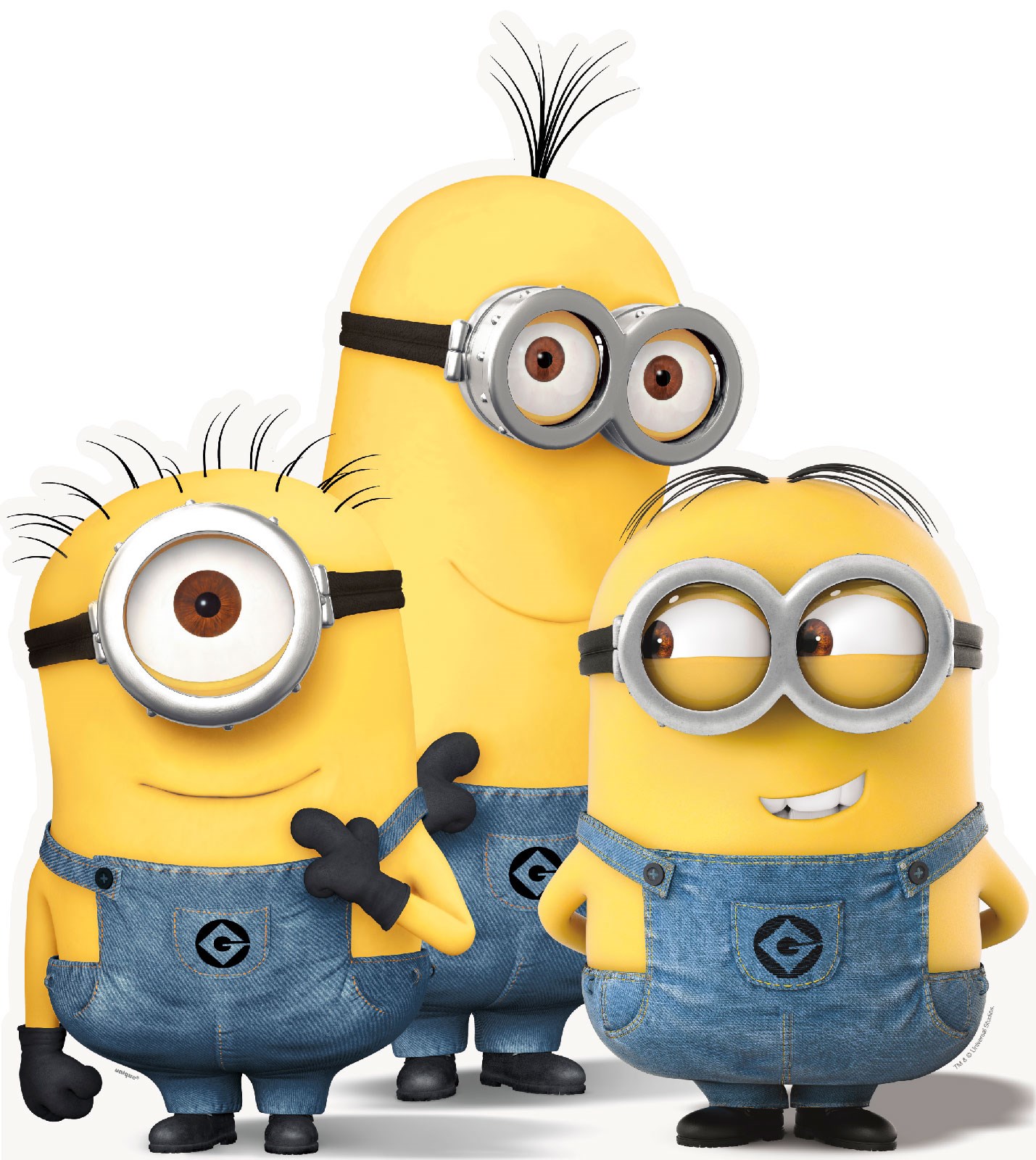Ok...so I know Halloween has come and gone, but that doesn't mean I still can't dress up! Today, I became the Queen of Questions! I used a lot of what I added into my lesson from
Mrs. Unger's Unbelievable Elementary Experiences. This is probably one of my most favorite lessons I have taught! It was so good, I wish my supervisor would've chosen today to come in and observe me!
Let me explain...
ELL's, just like other students, have difficulty with punctuation. I noticed that my students would place a period where a question mark should have gone. Or if I asked them to ask me a question they would actually tell me a statement. So, I decided to teach on the topic.
First, I started the lesson by making an anchor chart (surprised?). I went into detail explaining the two different types of questions: short-answer and long-answer questions. I explained that short-answer questions are simply answered with a yes or no, whereas a long-answered question requires more of an explanation. I also explained how each type of question starts. For example, a short-answer question can begin with do, does, will, was, etc. Sometimes, students just need concepts broken down and explained a little more. And I think this anchor chart helped do just that.

If you look at the top, you can see my crown and wand I used throughout the lesson. :) After I explained the types of questions, I put on my crown and wand and told them that I was now the Queen of Questions. They were only allowed to ask me questions from then on. Now, I wish I had taken a picture of my treasure chest, but I placed a laptop in it and had the students guess what was in it by asking me questions that would help them determine what it was. For example:
Is it red?
Can we play with it?
Where did you get it?
Is it small?
I gave each student a couple of post-its and on each one, they had to write a question mark. Every time they asked me their question, I wrote it on the board and they would "add" the punctuation by placing the post-it where it belonged. This helped them practice speaking correctly and adding punctuation + they were super engaged because they wanted to find out what was in the treasure chest.
As our last activity, they each had to write a question. Then they passed their sheets around and they would each answer each other's questions. This helped with reading and writing. As I went around, I noticed that some had forgotten to add their question marks! How could they forget when we JUST went over this?! I will never know. :) I threatened to turn them into frogs or books if they didn't fix that. :) They loved that. But I loved seeing them work together throughout the activity! Btw, I should mention that I did this with both 2nd and 3rd grade. I think both grades really enjoyed this lesson. I wish I had more pictures, but I was busy being the Queen! lol



.JPG)

.JPG)



.JPG)
.JPG)


.JPG)
.JPG)

